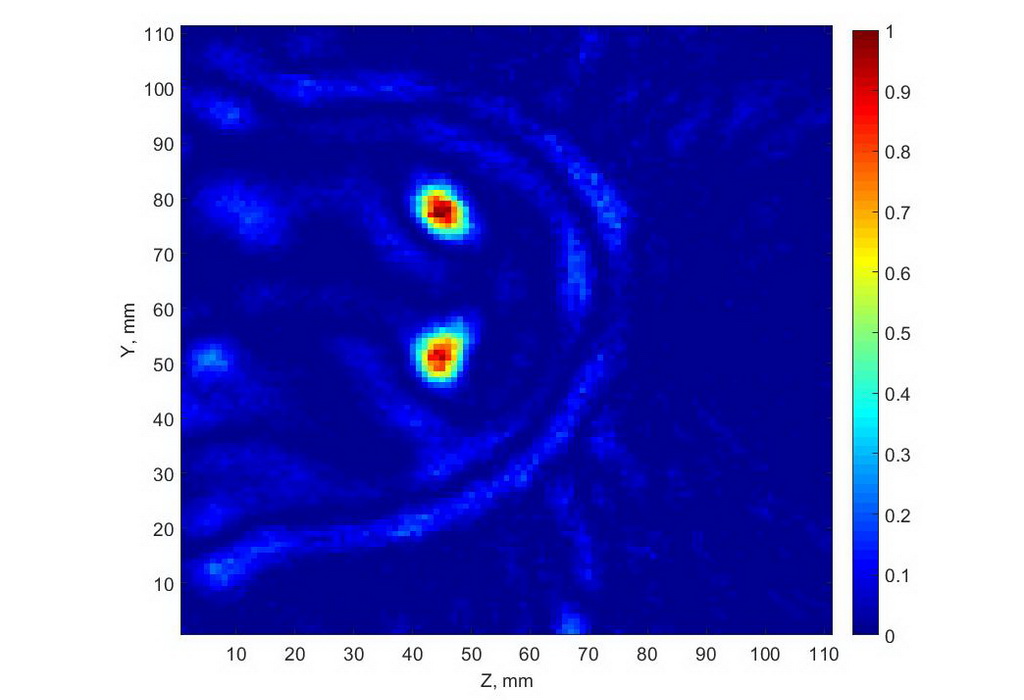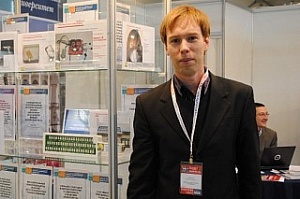TSU Faculty of Radiophysics scientists have proposed a new approach for detecting small-sized breast cancers with microwave radio waves. The method will increase the likelihood of detecting tumors at an early stage without ionizing X-rays. An article on the study was published by the prestigious journal Medical Physics.
The TSU Department of Radiophysics has been researching radiowave tomography for more than 20 years. Back in the early 2000s, Professor Vladimir Yakubov formulated the principles of focusing radio waves to search for hidden objects, and they were taken as a basis for the search for tumors in biological tissues. Work in this area began three years ago. Since then, scientists have come a long way - from computer modeling of radiowave propagation processes in highly absorbing media to the creation of a laboratory facility for the automated sounding of phantoms (artificial analogs) of the mammary gland.
- X-rays and ultrasounds show a low probability of detecting tumors at an early stage because the radiation used in them reacts weakly to small changes in the density of tissue areas where a tumor begins to form. At the same time, a network of capillaries is already forming around the neoplasm. The presence of these capillaries leads to a jump in the dielectric constant, and we can control it right away with radio waves, - Sergey Shipilov, professor at the Department of Radiophysics, describes the principle of a new method for detecting cancer cells.
At the same time, he clarifies that the proposed approach should be considered not as a replacement for existing cancer screening methods, but as an addition to them, helping to increase the likelihood of detection in the early stages of the disease.
An important stage in the experimental verification of the method of detecting and visualizing tumors inside biological tissues has now been completed. For this, radiophysicists have developed a phantom of the mammary gland - an artificial multilayer object, all elements of which are very close to real tissues in terms of their electrophysical characteristics. The breast phantom contains irregularities that mimic a malignant tumor. On this installation, radiophysicists can scan a phantom and detect inhomogeneities that mimic malignant tumors and, using special signal processing, indicate with high accuracy where they are.
- Research on radiowave mammography is actively carried out in many countries. Scientists from Great Britain have advanced farthest. They have already proposed a working prototype that is undergoing clinical trials. We expect to involve specialized companies in the research within 2-3 years, develop a sample of the installation, and also enter the clinical trial stage. The same companies will provide certification for the device. At the same time, we can already say that we will be able to reduce the time of probing a patient, in comparison with other samples, from 3-4 minutes to 20-30 seconds, - emphasizes Sergey Shipilov.




